Click on photo to start video.
Digit is a semi-autonomous delivery robot that can also double up as a workout buddy! 💪🤖
Agility Robotics
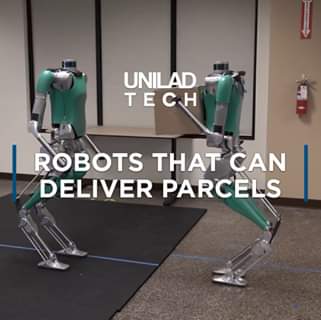



In June 2019, Facebook’s AI lab, FAIR, released AI Habitat, a new simulation platform for training AI agents. It allowed agents to explore various realistic virtual environments, like a furnished apartment or cubicle-filled office. The AI could then be ported into a robot, which would gain the smarts to navigate through the real world without crashing.
In the year since, FAIR has rapidly pushed the boundaries of its work on “embodied AI.” In a blog post today, the lab has announced three additional milestones reached: two new algorithms that allow an agent to quickly create and remember a map of the spaces it navigates, and the addition of sound on the platform to train the agents to hear.
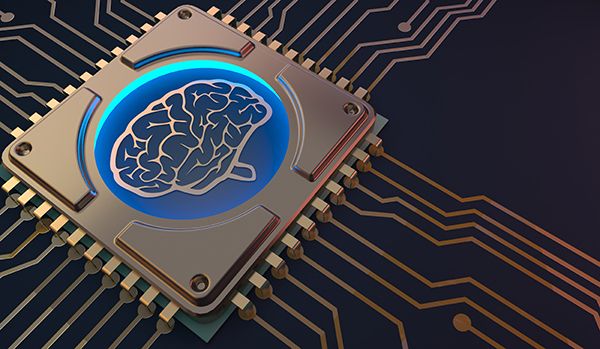
These researchers paired biology with AI to create the world’s first “living” robots 🤯.
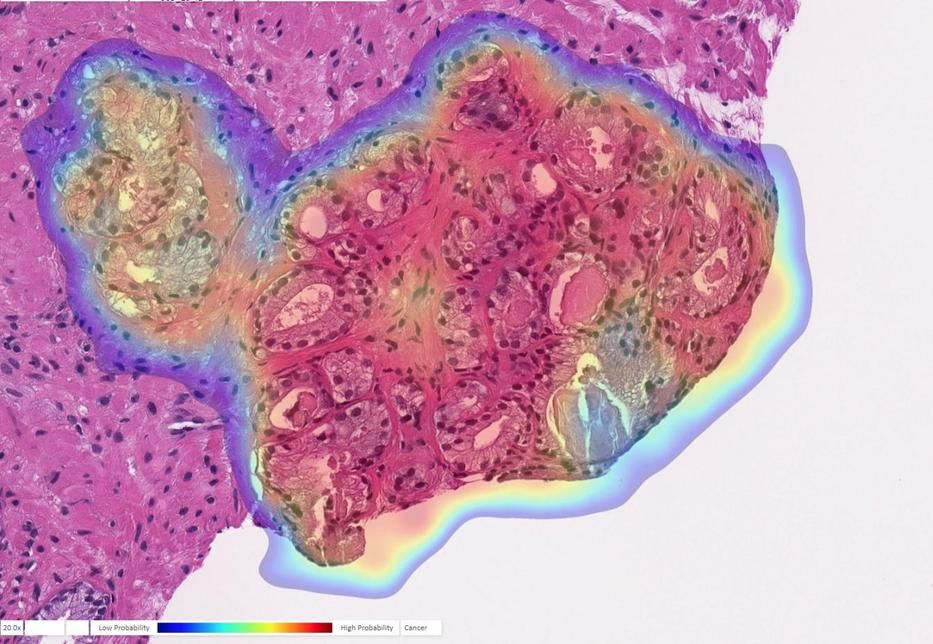
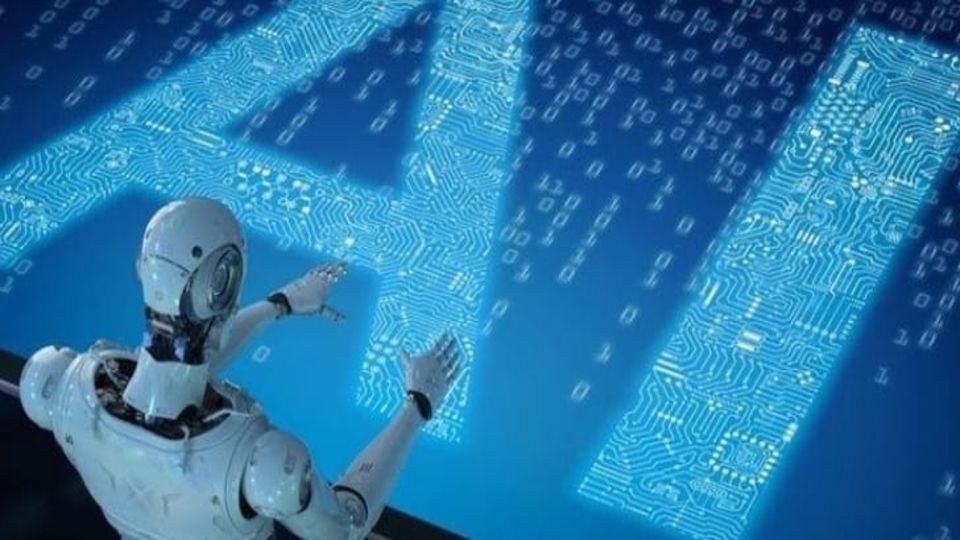
Amazon isn’t just thinking about delivery with its drones.
The new patent made public this week reveals an idea for a drone-powered towing system designed for skiers, surfers, skaters, and more.
“While there are various known uses for unmanned aerial vehicles, certain techniques for controlling the unmanned aerial vehicles are relatively limiting with respect to other uses,” according to the patent filing, originally filed in June 2016. “For example, current hand-operated remote controls for automated aerial vehicles are not conducive to users being able to operate the remote controls while simultaneously utilizing their hands for other purposes.”
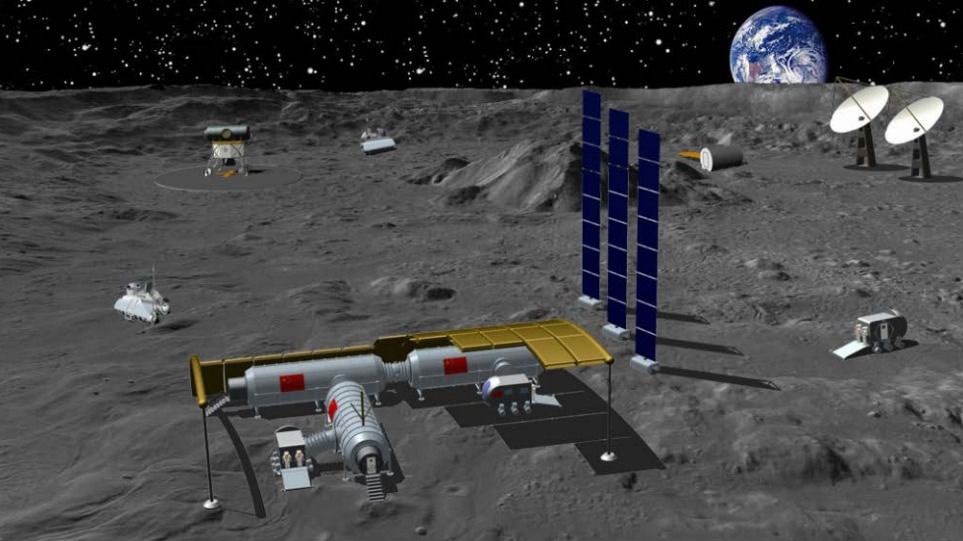
China has developed a vision for an international lunar research station and is seeking international involvement in the project.
Objectives include construction and operation of human[ity]’s first sharing platform in the lunar south pole, supporting long-term, large-scale scientific exploration, technical experiments and development and utilization of lunar resources’, according to a presentation to the Scientific and Technical Subcommittee of the Committee on the Peaceful Uses of Outer Space (COPUOS) earlier this year.
The presentation also states an intended shift from independence to cooperation in space on the part of China. International involvement in Chinese lunar missions has so far been limited to a handful of contributed payloads, mainly to the Chang’e-4 lunar far side mission.
China National Space Administration official Pei Zhaoyu stated last year that a lunar project will be jointly designed, with its implementation to be coordinated and the results and achievements to be shared.
Both Roscosmos and the European Space Agency have had discussions with China with regards contributing to the project.
HELSINKI — China has developed a vision for an international lunar research station and is seeking international involvement in the project.